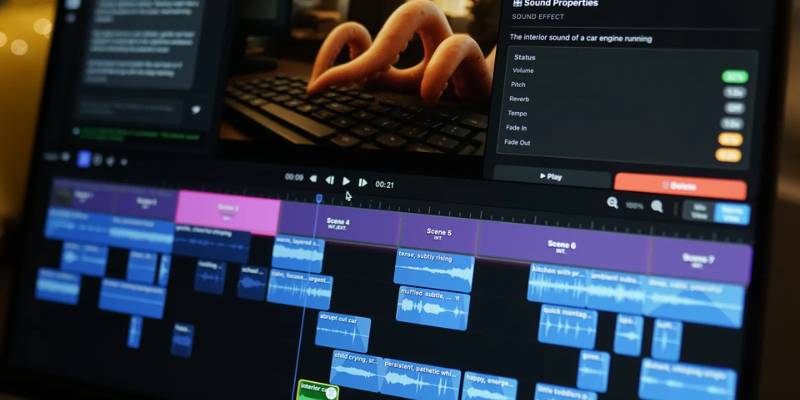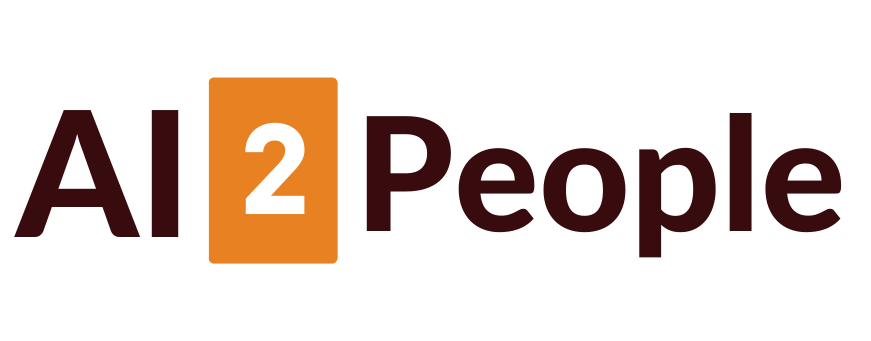
Make your voice sound confident—or whisper it if you like—Adobe’s “Corrective AI” lets you rewrite emotion itself
When I watched the demo, I honestly thought it was a gimmick. A dull, robotic voice read a line, then, with one click, it turned warm and expressive.
That’s what Corrective AI does—it lets you change the emotion of a recorded voice-over after it’s been recorded.
No re-takes, no studio time, just a few tags and sliders to add emotion like “calm,” “confident,” or “whisper.”
It’s part of Adobe’s growing obsession with creative AI. The company is already expanding Firefly into a full studio for audio and video, introducing tools that can generate soundtracks and speech from text prompts.
Corrective AI fits neatly into that picture—editing emotion the way we already edit color or exposure.
It’s wild to think how natural that feels now, when even a few years ago, “AI editing your feelings” sounded like a sci-fi plot.
Of course, this tech doesn’t live in a vacuum. As voice cloning tools explode, the conversation about consent and creative control grows louder.
Many voice actors have voiced concerns after seeing how fast AI-generated performances are creeping into studios.
Corrective AI doesn’t clone anyone—it modifies a real performance—but the ethical blur is still there. If an editor changes how you sound, is that still you?
That said, I can’t deny the practical benefits. Filmmakers, educators, podcasters—they’ll love this. Imagine recording something once and never worrying about tone again.
A tired, low-energy read could instantly sound bold or reassuring. And in Adobe’s expanding Firefly creative suite, voice is no longer the forgotten layer—it’s becoming a creative medium of its own.
Still, part of me misses the human part of it. A real voice actor breathes nuance into a line—tiny hesitations, emotional depth, a bit of life you can’t quite synthesize.
Corrective AI might polish things up beautifully, but it also risks smoothing away what makes a performance feel alive.
Maybe that’s the trade-off of progress: a little less imperfection, a little more control.
For now, it’s just a prototype. But give it time—tools like this could make “emotion editing” as normal as trimming video clips.
And who knows? Maybe one day we’ll edit not just what we say, but how it feels when we say it.




















